Picture this: you’re chilling in your backyard, in a hammock, sipping a (really) cold one, when a sleek Amazon MK30 drone buzzes in, drops your new DJI Mini 5 Pro, and zips off—all in under an hour. That’s the magic of Amazon’s Prime Air program, now live in places like Tolleson, Arizona, and College Station, Texas.
As a drone pilot who’s spent years filming Ecuador’s epic landscapes, I’m geeking out over this tech, but I’ve got some thoughts on what happens when these delivery bots share the skies with us recreational flyers. Let’s unpack how Amazon’s making this sci-fi dream a reality and why it’s not all smooth flying.
Ordering Made Simple: From Click to Drop in 60 Minutes
Amazon’s nailed the customer experience for Prime Air, making it as easy as ordering a pizza (but, you know, with less pineapple debate. P.S.: here in Ecuador there’s a place that made the pizza with peaches). If you’re in an eligible area like Tolleson or College Station, you can pick from over 60,000 items—think iPhones, AA batteries, or even a meat thermometer—for drone delivery, as long as it’s under five pounds.
Just hit the “drone delivery” option at checkout on Amazon.com or the app, pick a delivery spot like your driveway, and boom, you’re set.
No need to mess with QR codes anymore; the MK30’s smart enough to find your spot using digital maps.
Amazon even gives you a delivery time within a five-minute window. As someone who’s had to nail precise landings for video shoots, I’m impressed by how seamless they’ve made this—almost as smooth as my drone landing next to the Pichincha volcano.
The MK30: A High-Tech Delivery Beast

The star of the show is the MK30 drone, a beast built from scratch with aerospace-grade reliability. It’s got a cutting-edge perception system that uses machine learning to dodge obstacles like trees, electric poles, trampolines, clotheslines, or even your neighbor’s rogue chihuahua. It can fly twice as far as its predecessor (TRUST me, those babies are faster than the Mavic 4), is 50% quieter, and handles light rain like a champ.
The FAA gave it the green light for Beyond Visual Line of Sight (BVLOS) flights, meaning it can zip through suburban skies without a human babysitter. After 1,070 flight hours and 6,300 test flights, including dodging real planes and hot air balloons, this drone’s ready for action.
As a pilot, I respect the tech—those redundant safety systems and backup computers are like having an extra parachute. But I can’t help wondering what happens when this high-tech courier meets a 42-years-old kid’s toy drone in the air. And that, dear reader, didn’t let me sleep at night.
My Take: Sky-High Potential, but Watch for Turbulence
Alright, let’s get real. Amazon’s 60-minute delivery is a game-changer for convenience. Need sunscreen for a last-minute beach trip? Done. Forgot batteries for your kid’s toy? Sorted in under an hour. But as a drone pilot who’s tangled with unpredictable winds and curious birds over Ecuador, I see some red flags.
First, the skies are getting crowded. Recreational pilots like me are out there flying DJI Minis or custom rigs for fun or footage, and Amazon’s MK30s zipping around at 13 feet above your yard could spell trouble. A mid-air collision with a hobbyist’s drone isn’t just a dented prop—it’s a PR nightmare and a safety hazard. The MK30’s detect-and-avoid tech is slick, but it’s not foolproof, especially if some newbie pilot’s flying their DJI Neo, Mini or Mavic without a clue.
Then there’s the weather. Amazon’s got a 75-minute weather forecasting system to decide if the MK30 can fly, but light rain is one thing—gusty Andean-style winds or a sudden downpour could ground these bots or worse, send them crashing.
And let’s talk privacy: a drone hovering over your backyard might freak out your neighbors, especially if they’re sunbathing. Plus, there’s the risk of theft—imagine some punk snagging your package the second it lands.
As much as I love the idea of drones dropping goodies faster than I can edit a YouTube video, the logistics feel like flying through a storm. Amazon’s got to keep tweaking that tech and work with regulators to keep the skies safe, or we’re looking at a dronepocalypse.
Still, I’m rooting for them—imagine filming a sunset with my Mini 4K while an MK30 delivers my dinner. That’s the future, amigos!
You can read more stories about Delivery by Drone here on DroneXL.
Photos courtesy of Amazon.
Discover more from DroneXL.co
Subscribe to get the latest posts sent to your email.
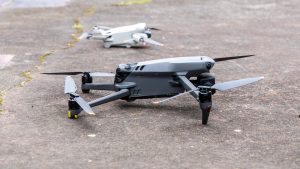
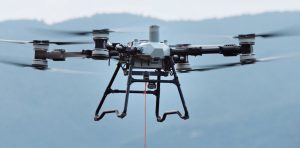
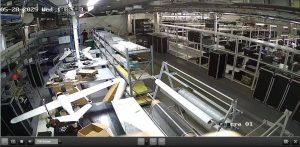
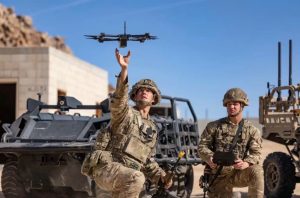

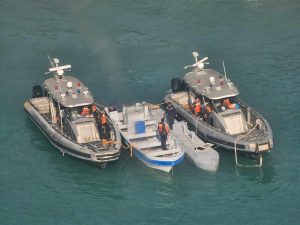





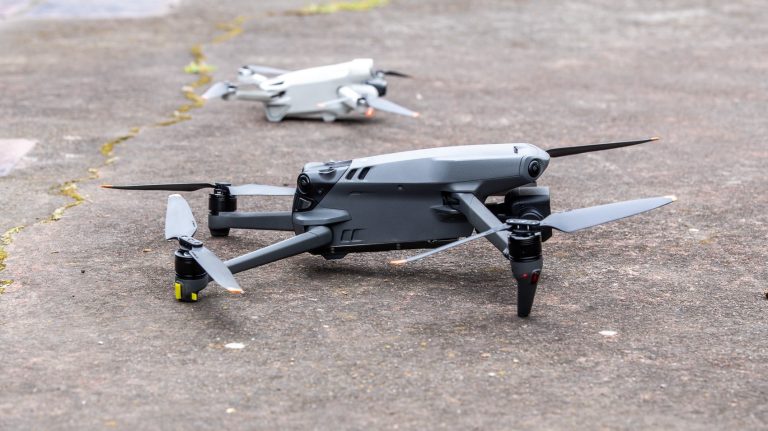
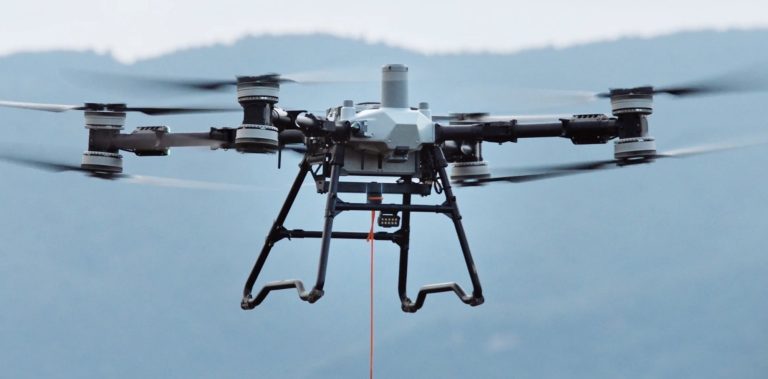
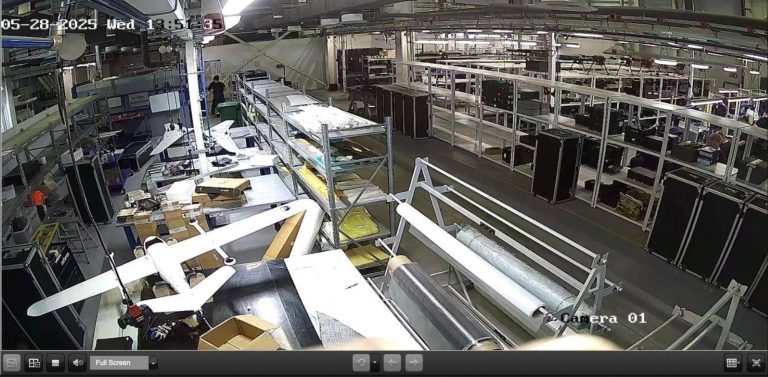


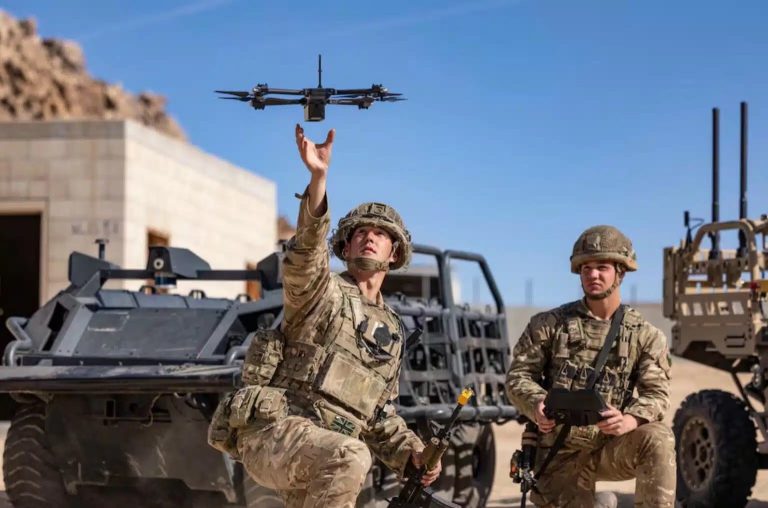

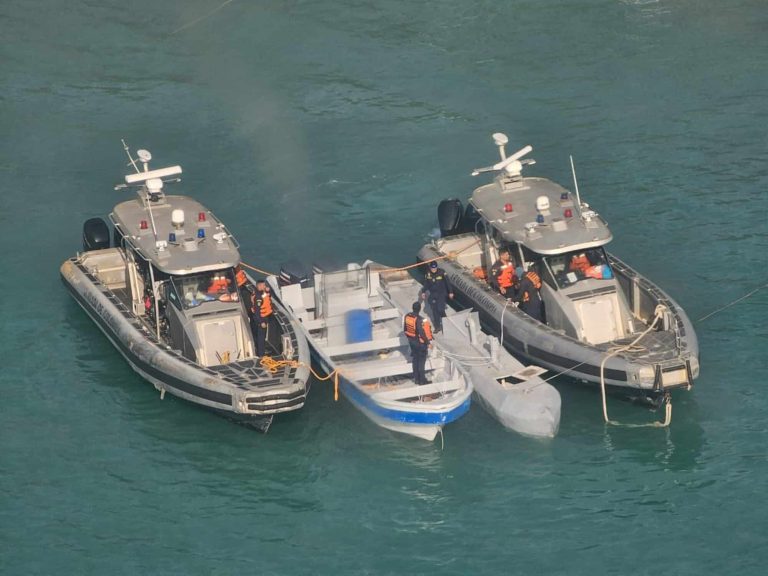


+ There are no comments
Add yours